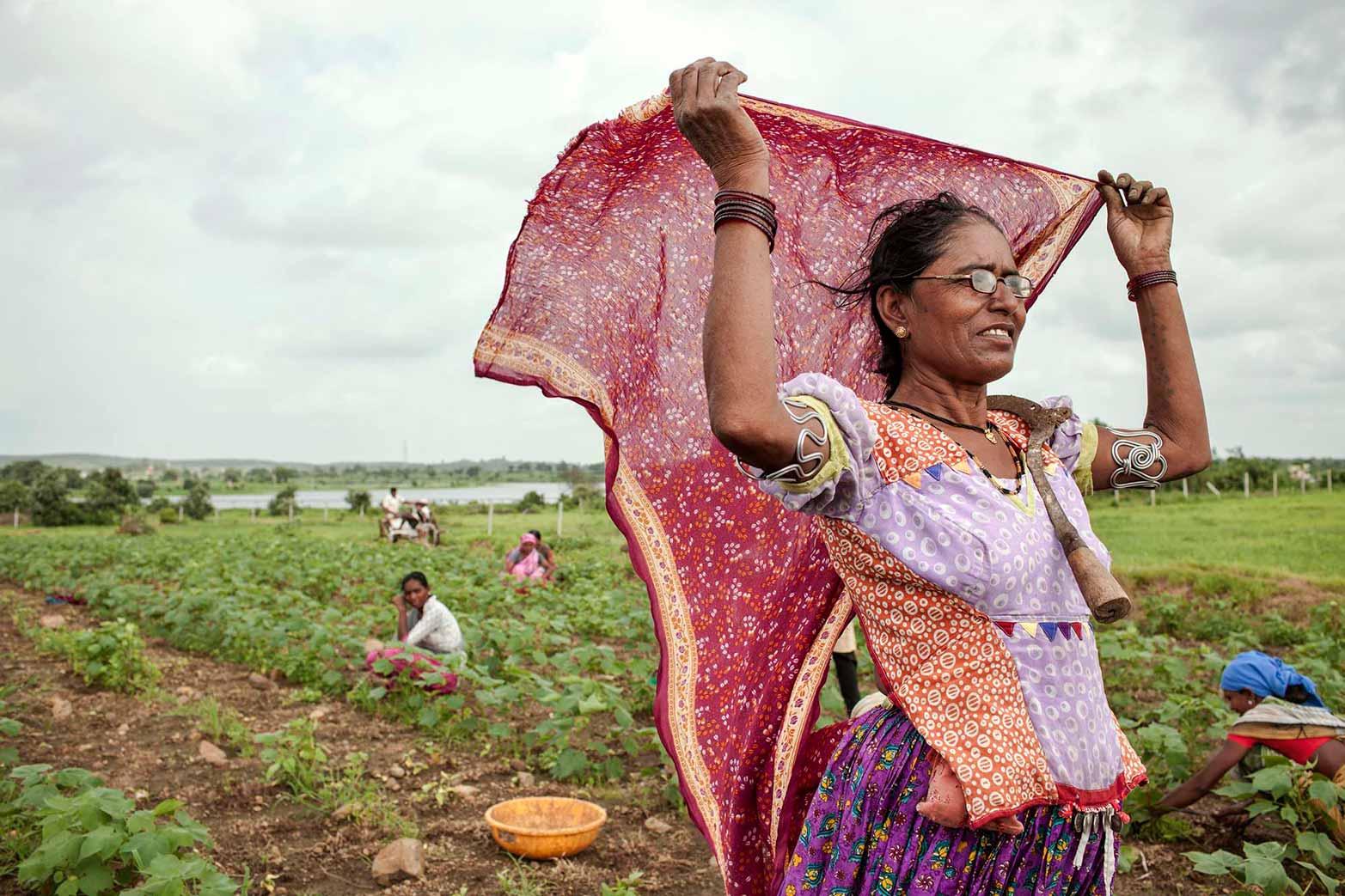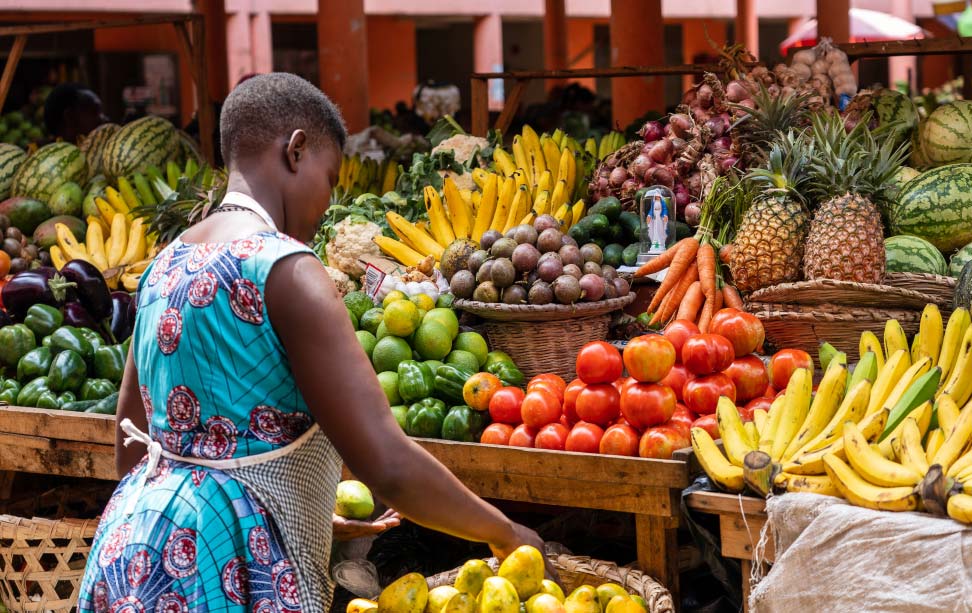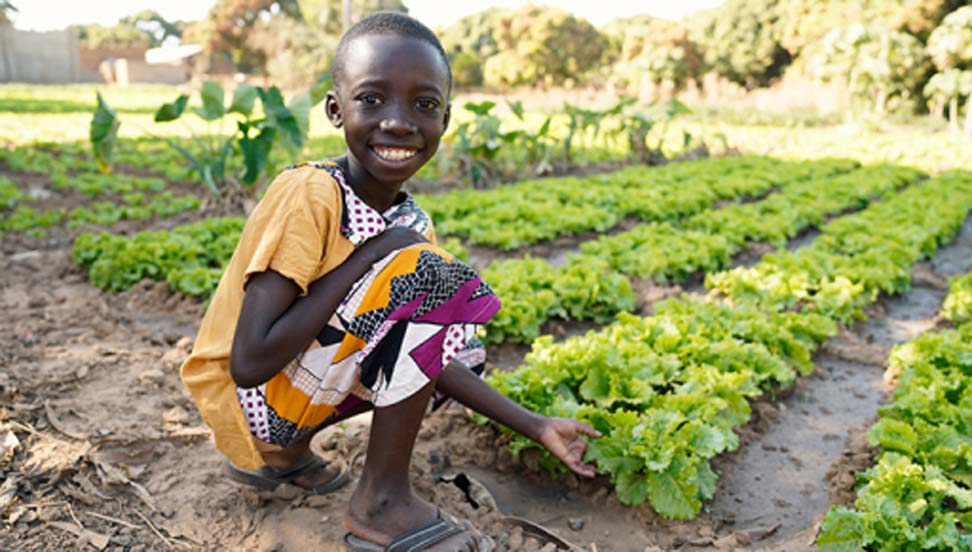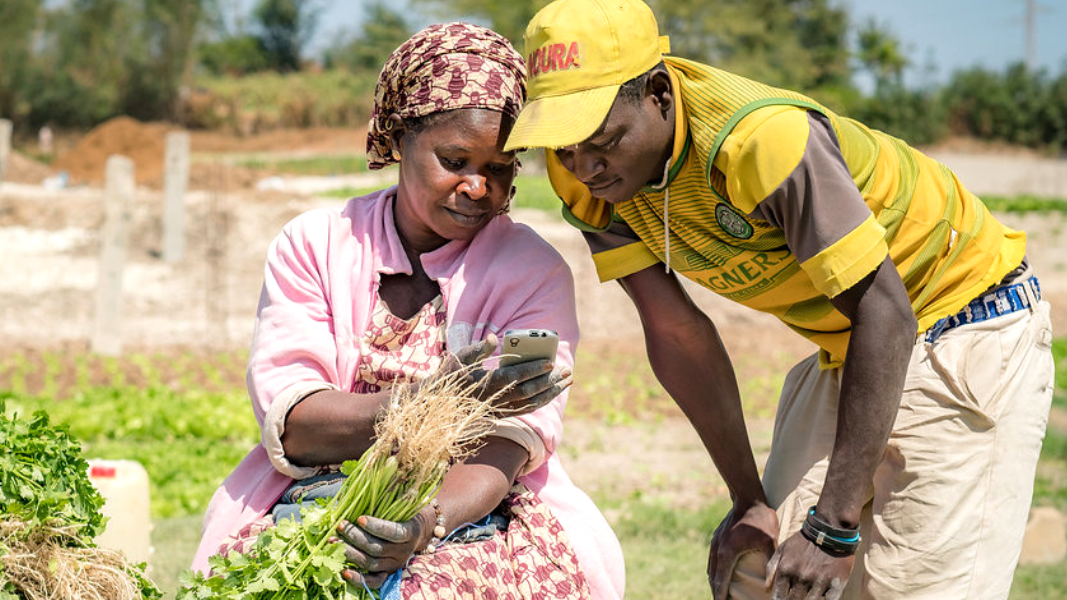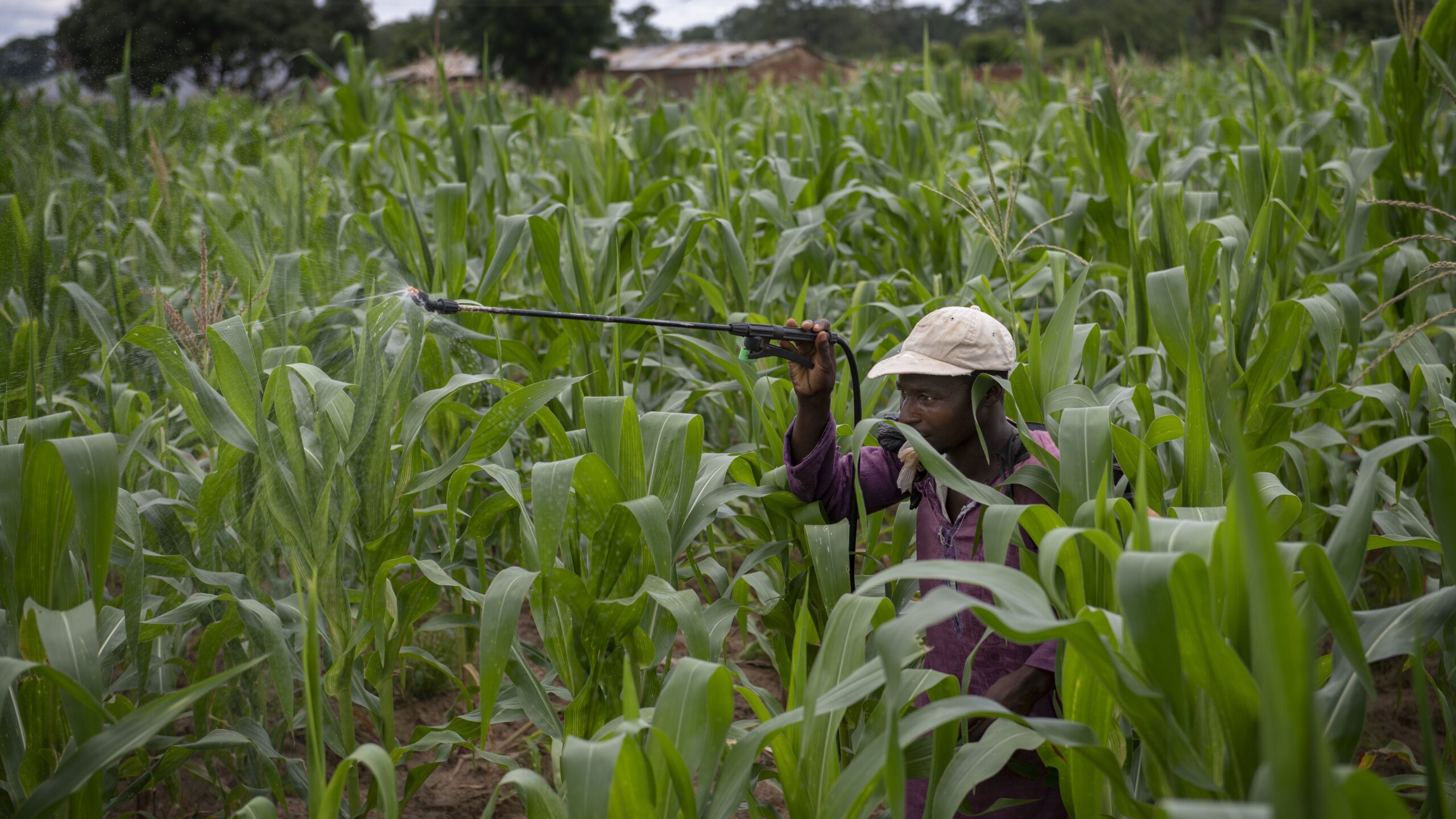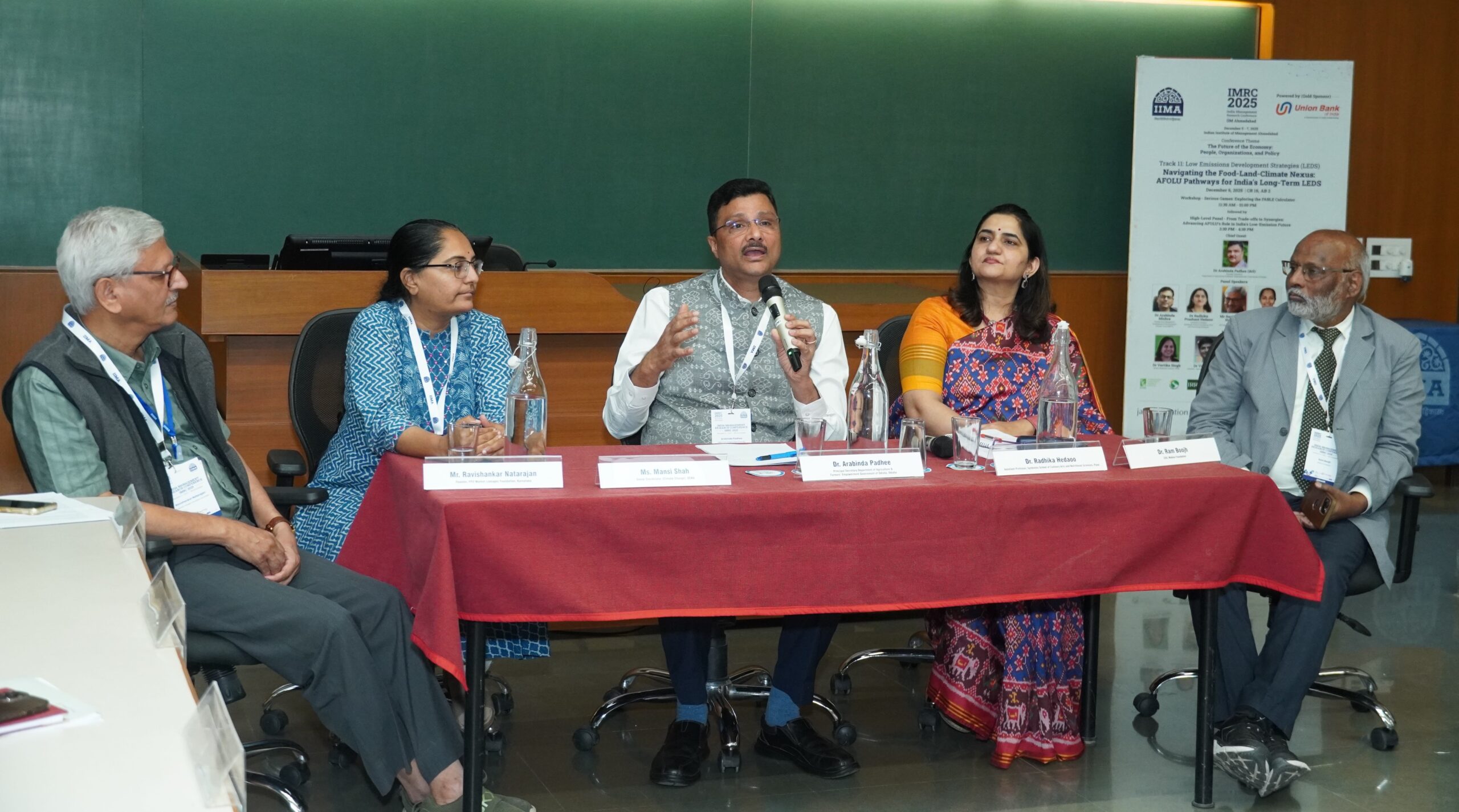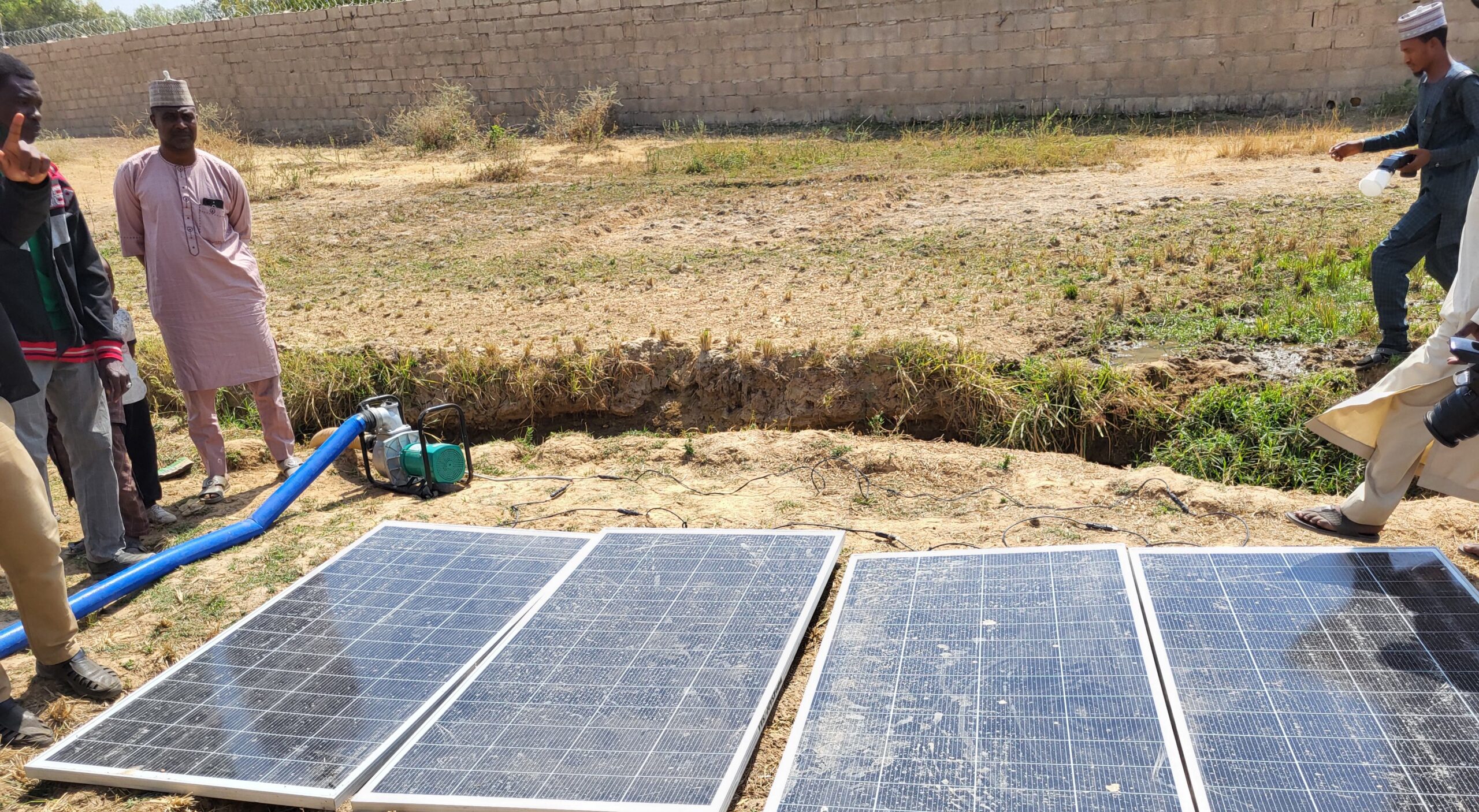Financial systems are modernizing worldwide, with digital apps, online payments, and rapid loan processing increasingly the norm. Yet the digital finance revolution has yet to take hold in the agrifood value chains of low- and middle-income countries (LMICs), where many small farms and firms lack access to sufficient credit. Obstacles include weather and price risks that are difficult to insure, high transaction costs, a lack of collateral among smallholders and informal firms, and seasonal payment streams.
Can new financial approaches help? A growing portfolio of IFPRI research focuses on understanding the financial challenges that smallholder farmers and small agrifood businesses face and partnering with innovators to pilot and test methods to meet their needs. Here, we outline four lessons from these efforts based on research conducted in Bangladesh, Indonesia, Myanmar, Nigeria, Uganda, and Viet Nam.
Lesson 1: Digital financial technologies hold promise, but changing financial systems requires more than just making these tools available.
The increasing availability and sophistication of digital financial services show the promise of expanding credit access in agrifood systems. These services have the potential to extend availability and reduce transaction costs in rural areas where in-person financial services are limited or absent. They can also help businesses build financial records—another key element in establishing reliable access to credit.
However, surveys conducted among firms operating within agrifood value chains in both Uganda and Bangladesh show that most transactions use cash. Interestingly, many business operators reported they use digital financial products—but mostly for personal transactions and seldom for business purposes. An experiment implemented with rural livestock farmers in Bangladesh also showed a clear preference for cash over digital payments. It tested whether people prefer cash or mobile money when receiving a small payment. Even among those who already reported using mobile money, farmers were willing to accept reductions of more than 40% of their payment to receive cash.
Improving digital infrastructure in rural areas can help to overcome this reluctance. For example, farmers and small firm operators often must travel to convert digital payments to cash; building systems where they can make and receive payments digitally is thus a key step. In addition, lowering transaction costs that users perceive as too high, removing daily transaction limits, and mitigating perceived risks of fraud and loss can also help expand the use of digital financial tools.
Lesson 2: Firms implementing financial innovations need better approaches to share risk for the capital they use.
Technologies promising lower transaction costs and the potential of high returns offer opportunities to provide credit where traditional banks are hesitant to do so. However, new entrants into these markets face major obstacles accessing flexible capital to fund their products.
Some countries have established agricultural banks to fill the gap that traditional banks have left. However, a review of agricultural finance potential in Indonesia, Myanmar, and Viet Nam suggests that public agricultural banks pose obstacles to encouraging new financial services. Such banks are often the only financial provider in local areas, which may stifle market entry by fintech firms or others.
Where such firms are able to enter local markets, they must shoulder significant financial risk, as a study in Nigeria with a fintech firm shows. The firm provided in-kind loans for farm inputs and sought to reduce costs through its digital infrastructure. Providing these loans required the firm to carry full liability for the loan capital provided by a bank. A study in Bangladesh with an agri-fintech firm offering an innovative finance model that shared risk in livestock fattening between the farmers and the firm faced similar financing roadblocks. The organization cycled through three sources of loan capital within two years, and ultimately carried full liability.
Firms in these situations are risk-averse by necessity, as they have little buffer when loans default. They are also beholden to the requirements of their finance sources, which are also generally risk-averse. These factors tend to stifle experimentation and innovation and discourage fintech enterprises with promising approaches from entering these markets.
The firms in the two studies would benefit from arrangements, such as agricultural value chain finance models, that spread the risk of loan default more evenly between farmers, themselves, and the banks or other organizations that provide their capital. In such models, capital sources acknowledge firms’ costs and risk reduction strategies and share liability for the loan capital. Willingness to experiment with this or other approaches on a small scale in early stages of project development is an additional essential component of the growth of these types of new firms.
Lesson 3: Finance operators may not know agriculture, and agricultural operators may not know finance.
Digital financial services companies might see opportunities for high returns by lending to the agricultural sector, but they also may lack the deeper knowledge of agricultural markets needed to understand the hidden costs of doing business with farmers. Similarly, farmers or cooperatives may not understand the costs and complexities that such firms face doing business with spatially diverse clients in rural areas.
In the study on livestock financing in Bangladesh, the lending organization had a background in finance and offered a well-designed product. However, it failed to anticipate challenges such as delays in opening bank accounts in rural areas and difficulties in purchasing large numbers of improved cows from local markets at reasonable prices. According to a study in Viet Nam, few coffee farmers took out loans tailored to their needs, and follow-up research suggested they wanted more direct contact from loan officers, which would have made those loans unprofitable for the bank.
These are manageable problems of collaboration and communication. Stronger partnerships between firms offering new financial products in rural areas and those experienced in working with smallholders can help each understand the other’s businesses and constraints. Additionally, these partnerships can create administrative structures that more broadly serve business needs, distribute risk, and support the needs of smallholders or other firms operating within agrifood systems.
Lesson 4: Focus more on firms in the midstream of agrifood value chains.
While governments and development practitioners have focused mainly on increasing access to finance for farmers, expanding lending opportunities for other agrifood systems firms merits more attention.
Survey work in Bangladesh and Uganda illustrates that some midstream agrifood value chain firms lack access to finance. This could constrain value chain efficiency, in particular making it harder for those firms to manage financial risks—which could ultimately lead to lower prices for producers and higher prices for consumers.
Designing financial tools specifically targeting the needs of these intermediary agrifood value chain actors would help to promote financial inclusion among both intermediaries and smallholder farmers. Promoting these digital tools mainly among smallholders will run into problems if the primary buyers of agricultural products are not also using them.
Conclusion
These four lessons address the complex challenges to increased adoption and use of financial technologies within LMIC agrifood systems. Addressing these challenges can modernize relationships in value chains, unlock lower-cost finance, and help to better manage risk, ultimately leading to increased incomes for a range of agrifood system actors. Looking ahead, these efforts will require more sustained attention, experimentation, and research. IFPRI is continuing to work on quantifying financial needs and barriers across actors in the agrifood system and partnering with a range of organizations on innovations to address these challenges.
Kate Ambler and Alan de Brauw are Senior Research Fellows with IFPRI’s Markets, Trade, and Institutions (MTI) Unit; Jeffrey Bloem is an MTI Research Fellow; Mehrab Bakhtiar is a Research Fellow with the Poverty, Gender, and Inclusion Unit; Eduardo Maruyama is an MTI Research Coordinator. Opinions are the authors’.
This work was supported by the Gates Foundation, the Australian Centre for International Agricultural Research (ACIAR), the CGIAR Research Initiative on Rethinking Food Markets, and the CGIAR Science Programs on Better Diets and Nutrition and Policy Innovations.
Links to cited research and projects:
Midstream project
Food Policy article on finance in midstream (from surveys): https://doi.org/10.1016/j.foodpol.2025.102838
Food Policy article in finance needs in midstream: https://doi.org/10.1016/j.foodpol.2023.102530
Bangladesh brief: https://hdl.handle.net/10568/140166
Uganda brief: https://hdl.handle.net/10568/140166
ACIAR project in Southeast Asia
Note on how AVCF can expand financial access in SE Asia: https://hdl.handle.net/10568/143058
Final report: https://www.aciar.gov.au/project/agb-2016-163
WeGro project in Bangladesh
Project note on challenges: https://hdl.handle.net/10568/135965
Project note on takeup: https://hdl.handle.net/10568/168422
Blog post on collaborative research: https://www.ifpri.org/blog/bridging-smallholder-finance-gap-collaborative-research-wegro-bangladesh/
Crop2Cash project in Nigeria
Intro project note: https://hdl.handle.net/10568/140154
Takeup project note: https://hdl.handle.net/10568/152224
